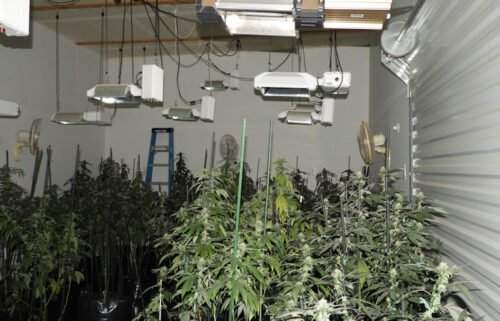Bend ‘metro area’ (Deschutes County) kept on growing during first year of pandemic; Prineville, too

New Census Bureau estimates released, showing Americans on the move
BEND, Ore. (KTVZ) – Whether you like (or love) what growth has meant to a place like Central Oregon, despise it or realize it's had its share of good and bad impacts, new U.S. Census Bureau population estimates released Thursday show the High Desert kept on growing through the first year-plus of pandemic impacts – like it or not.
The Bend Metropolitan Statistical Area – defined years ago by the agency as all of Deschutes County, from Brothers to Sisters and Terrebonne to La Pine – saw its population rise 3.3% in the year ended last July 1, to an estimated 204,801 residents, a boost of 6,548 people, the agency said (factoring in, as always, the new arrivals and departures, births and deaths).
That’s also about 1,500 more residents than Portland State University’s Population Research Center earlier estimated as the county’s population for the very same July 1, 2021 date, as the two entities use different records to figure their figures.
Then there's the nation's "micropolitan statistical areas," including cities of 10,000 to 50,000 residents and surrounding communities. Prineville is on that list, and its estimated population grew to 25,739 in 2021, up 3.27%, or 816 people, the Census Bureau said.
Nationally, more than 73% of U.S. counties experienced "natural decreases" in 2021, meaning more deaths than births, a big jump from 45.5% in 2019 and 55.5% in 2020.
"In 2021, fewer births, an aging population and increased mortality – intensified by the COVID-19 pandemic--contributed to a rise in natural decrease," the Census Bureau said in its news release looking at the latest numbers. Some counties also experienced population declines attributable to migration -- more people leaving than arriving -- though nearly two-thirds saw more arrivals than departures over the year.
In many cases, the Census Bureau said there was a shift from larger, more populous counties to medium-sized and smaller ones, which helped bring more people to places they wanted to live, when they shifted to remote work and thus could work from anywhere -- so-called "Zoom towns," as Bend has been called.
The Associated Press said the new data showed that "the pandemic intensified population trends of migration to the South and West, as well as a slowdown in growth in the biggest cities in the U.S." New York, for example, lost 328,000 residents.




